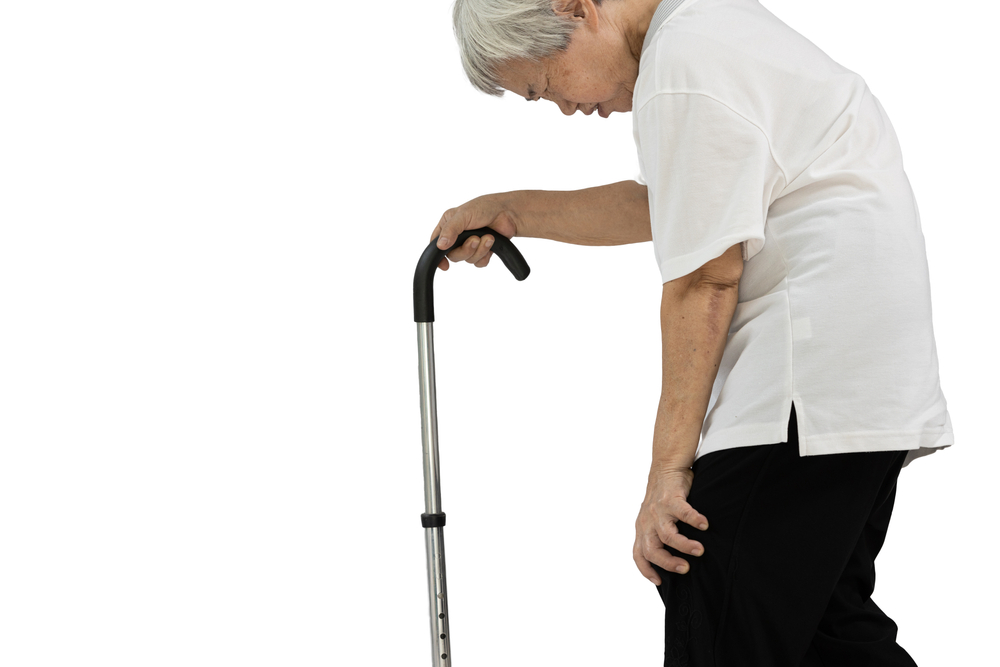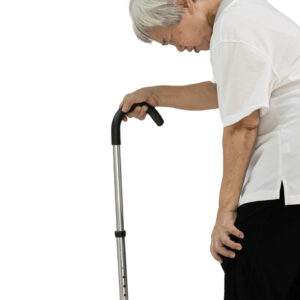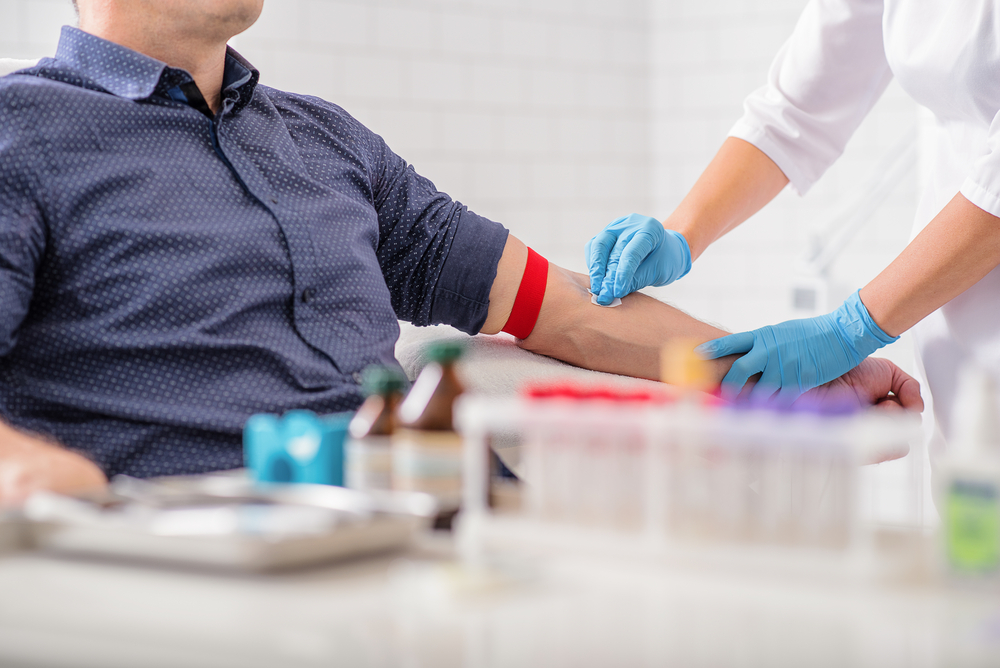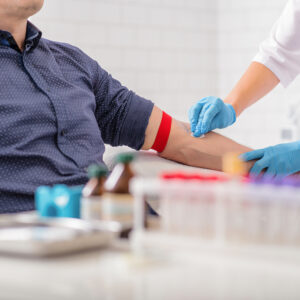What is an X-ray examination?
An X-ray examination is a medical imaging technique that uses X-rays to generate images by measuring the differential absorption of X-rays by different body tissues. It is used to detect, diagnose, and monitor diseases or injuries. It can be used to diagnose various diseases, including pneumonia, tuberculosis, and chest trauma.
The principle of X-rays is based on the differential absorption of X-rays by materials of different densities, resulting in images with varying degrees of contrast. When X-rays pass through the human body, certain areas of cellular tissue absorb more X-rays, while other areas absorb less or almost none. This differential absorption allows the generation of images with varying brightness and shapes.
X-Ray by Body Part: What Conditions Can They Diagnose?
Diagnosable conditions:
Skull fractures, cerebral hemorrhage, brain tumors, hydrocephalus, encephalitis, sinusitis, etc.
Suitable for individuals:
- Patients with head trauma, such as falls or accidents
- Developed symptoms like headaches, dizziness, or impaired consciousness occur and further investigation is required
- Suspected presence of foreign objects or tumors in the head
- Examination before and after oral and dental surgery
Duration:
Approximately 10 to 20 minutes
Diagnosable conditions:
Pneumonia, emphysema, bronchitis, tuberculosis, lung cancer, etc.
Suitable for individuals:
- Long-term smokers
- Individuals with a family history of lung cancer
- Those who have had lung infections or other lung diseases in the past
Duration:
Approximately 10 to 15 minutes
Diagnosable conditions:
Gastrointestinal perforation, intestinal obstruction, gastroenteritis, gastric ulcers, cholecystitis, etc.
Suitable for individuals:
Patients with suspected abdominal organ abnormalities or injuries
Duration:
Approximately 15 to 30 minutes
Diagnosable conditions:
Osteoporosis, spinal fractures, dislocations, deformities, tumors, etc.
Suitable for individuals:
- Individuals with suspected spinal problems
- Some people may undergo examinations after accidents or injuries
Duration:
Approximately 15 to 30 minutes
Diagnosable conditions:
Fractures, joint dislocations, arthritis, soft tissue injuries, etc.
Suitable for individuals:
- Individuals experiencing arm or leg pain and swelling due to accidents, falls, or impacts
- Individuals with arthritis or other joint disorders
- Individuals suspecting fractures or bone fractures
- Individuals suspecting osteoporosis
- Individuals experiencing discomfort or pain during exercise
Duration:
Approximately 15 to 30 minutes
What are contrast agents? What are their principles and effects?
X-ray contrast agents (also known as radiographic contrast agents) are used to enhance the contrast of images and improve the visibility of internal structures in imaging techniques. Healthcare professionals can administer contrast agents orally or through intravenous injection.
Procedures of X-ray Examination
- Before the examination: The doctor or healthcare professional will inquire about the patient’s medical history, physical condition, and pregnancy status, among other information. The patient may be required to change into a hospital or clinic-provided gown and shoe covers.
- During the examination: The patient will need to stand or lie down while the technician helps adjust their position for capturing the desired area. The technician will then move away from the radiation source and activate the X-ray machine to take the images.
- After the examination: The patient can change back into their own clothes. The doctor will review the X-ray results and determine if further treatment or follow-up examinations are necessary.
Risks and complications of X-ray
Under high doses, X-ray may slightly increase the risk of developing cancer. However, in general, the radiation dose received during an X-ray examination is very low and does not have any significant harmful effects on the body. Therefore, when used appropriately, X-ray remains a safe and effective diagnostic tool.
Precautions before an X-ray examination
Before undergoing an X-ray, it is important to remove any metal items, such as watches or necklaces, and unfasten clothing with metal buttons.
Post-examination precautions
After receiving an X-ray examination, it is advisable to drink plenty of water to promote the elimination of any radioactive substances from the body. It is also recommended to avoid prolonged exposure to radiation. If there are any discomfort or concerns, it is important to consult with a doctor.
X-ray Pricing at Hospitals and Clinics
| Hospital/Clinic | Pricing |
| Hong Kong Baptist Hospital | From HK$560 |
| Gleneagles Hospital | FromHK$720 |
| CUHK Hospital | FromHK$520 |
| Hong Kong Sanatorium & Hospital | From HK$420 |
| St. Paul’s Hospital | From HK$400 |
| Canossa Hospital | From HK$310 |
| Evangel Hospital | From HK$240 |
| The Specialists Health Check and Diagnostic Imaging Centre | From HK$400 |
| Hospital/Clinic | Pricing |
| Hong Kong Baptist Hospital | From HK$280 |
| Gleneagles Hospital | From HK$360 |
| CUHK Hospital | From HK$260 |
| Hong Kong Sanatorium & Hospital | From HK$420 |
| Union Hospital | From HK$260 |
| St. Paul’s Hospital | From HK$200 |
| Canossa Hospital | From HK$310 |
| Evangel Hospital | From HK$240 |
| The Specialists Health Check and Diagnostic Imaging Centre | From HK$200 |
| Hospital/ Clinic | Pricing |
| Hong Kong Baptist Hospital | From HK$280 |
| Gleneagles Hospital | From HK$360 |
| CUHK Hospital | From HK$260 |
| Hong Kong Sanatorium & Hospital | From HK$420 |
| Union Hospital | From HK$520 |
| St. Paul’s Hospital | From HK$200 |
| Evangel Hospital | From HK$240 |
| Hospital/ Clinic | Pricing |
| Hong Kong Baptist Hospital | From HK$560 |
| Gleneagles Hospital | From HK$720 |
| CUHK Hospital | From HK$520 |
| Hong Kong Sanatorium & Hospital | From HK$420 |
| Union Hospital | From HK$780 |
| St. Paul’s Hospital | From HK$400 |
| Canossa Hospital | From HK$310 |
| Evangel Hospital | From HK$240 |
| Hospital/ Clinic | Pricing |
| Hong Kong Baptist Hospital | From HK$560 |
| Gleneagles Hospital | From HK$720 |
| CUHK Hospital | From HK$260 |
| Hong Kong Sanatorium & Hospital | From HK$420 |
| St. Paul’s Hospital | From HK$400 |
| Canossa Hospital | From HK$310 |
| Evangel Hospital | From HK$240 |
- *Pricing is collected on March 15th, 2023. The ward class was either outpatient or general ward.
What types of insurance covers X-ray?
Bowtie Voluntary Health Insurance Scheme provides coverage for “Diagnostic Examinations” which are medical tests recommended by your attending registered doctor based on your symptoms. X-ray are covered under the “Miscellaneous Charges” category of the VHIS plans. It’s important to note that the coverage limits may vary for different plans. The table below shows the annual coverage limits for different levels of Bowtie VHIS plans:
| Standard | Flexi (Regular/ Plus) | Bowtie Pink | |
| Miscellaneous Charges, including Ultrasound and X-ray^ | HK$14,000 / Year | Regular: HK$18,000 / Year Plus: HK$26,000 / Year | Full Coverage# |
In addition to Miscellaneous Charges, Bowtie VHIS Plans also covers other surgical expenses, such as surgeon fees, attending doctor ward rounds fees, anesthesiologist fees, operating room fees, ward and meals, and more!
- ^ The coverage only includes relevant tests conducted during hospitalization and day surgery.
- # Bowtie Pink Voluntary Health Insurance series fully compensates for qualified medical expenses, including diagnosis, hospitalization, surgery, and prescribed non-surgical cancer treatments (excluding the United States), subject to annual and lifetime coverage limits. If a claim involves hospitals in mainland China outside the designated hospital list or high-end hospitals within the designated hospital list in mainland China, exceeds the designated ward class, or involves pre-existing conditions prior to enrollment, the compensation amount may be adjusted accordingly.
Get Instant Personalised Quote
Bowtie offers a premium calculator that allows you to estimate your monthly premium for VHIS based on factors such as age, gender, and smoking habits:
Bowtie VHIS Plan (Standard/ Flexi) Premium Calculator
Bowtie Pink VHIS Premium Calculator
How to claim?
Claims Process
Bowtie’s voluntary health insurance claims process is simple and straightforward. Here are the steps:
- Prepare the required documents
- Log in to your Bowtie account and apply for the claim (click on the “Log in to Claim” button on the left)
- Answer a few questions about the medical examination
- Submit your bank details
- Upload the required documents
- Wait for approval
- Receive your compensation
What documents are needed for the claim?
You will need to prepare the following three documents to successfully apply for the claim:
- Hospital compensation application form filled and signed by the doctor
- Original hospital receipt
- All pathology reports
Private hospitals usually have hospital compensation application forms for different insurance companies. As long as you let the doctor know which medical insurance you have bought, they will have experience in filling out the form. It is recommended to prepare a list of your medical insurance coverage for the doctor’s reference.
How long does it take to receive compensation after applying for the claim?
The time required for each claim depends on the complexity of the case. About 80% of cases are approved within 10 working days, and the compensation amount will be transferred to your designated bank account within 3 working days after successful approval.
- #Data as of October 2021
FAQs about X-ray
According to the FDA, there is no specific answer to how many X-ray can be done within a certain period of time. It is recommended to consult a doctor before each examination.
Compared to an X-ray examination, a CT scan can provide more detailed and comprehensive images and can visualise deeper structures and smaller tissue changes. However, CT scans involve higher radiation doses and require longer scan times and more expensive equipment.






